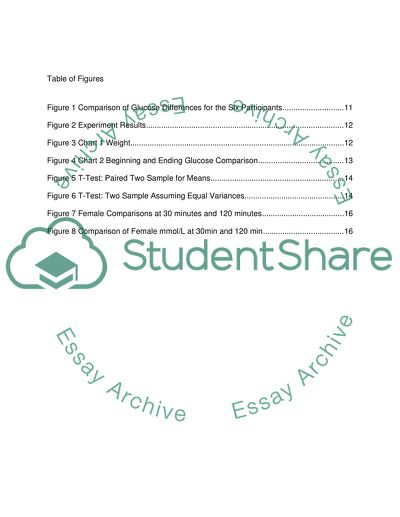Cite this document
(“The Effect of an Energy Drink on Blood Glucose Levels Essay”, n.d.)
Retrieved from https://studentshare.org/health-sciences-medicine/1403504-the-effect-of-an-energy-drink-on-blood-glucose-levels
Retrieved from https://studentshare.org/health-sciences-medicine/1403504-the-effect-of-an-energy-drink-on-blood-glucose-levels
(The Effect of an Energy Drink on Blood Glucose Levels Essay)
https://studentshare.org/health-sciences-medicine/1403504-the-effect-of-an-energy-drink-on-blood-glucose-levels.
https://studentshare.org/health-sciences-medicine/1403504-the-effect-of-an-energy-drink-on-blood-glucose-levels.
“The Effect of an Energy Drink on Blood Glucose Levels Essay”, n.d. https://studentshare.org/health-sciences-medicine/1403504-the-effect-of-an-energy-drink-on-blood-glucose-levels.


